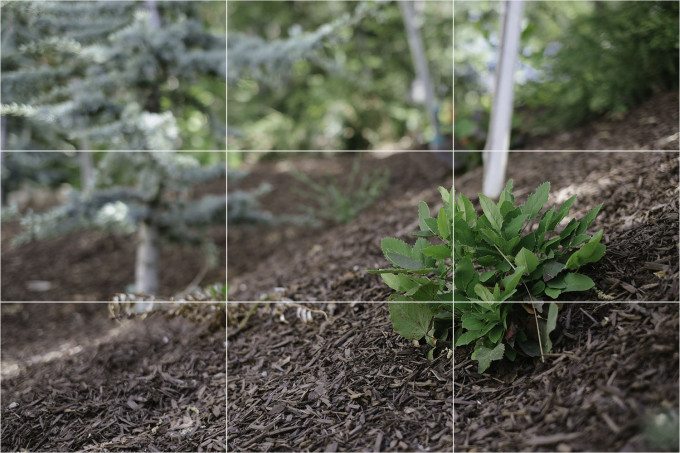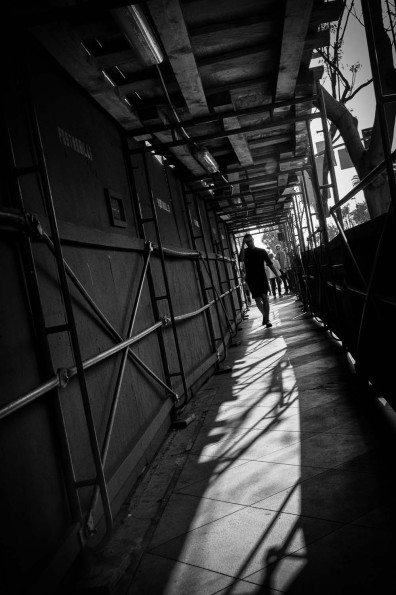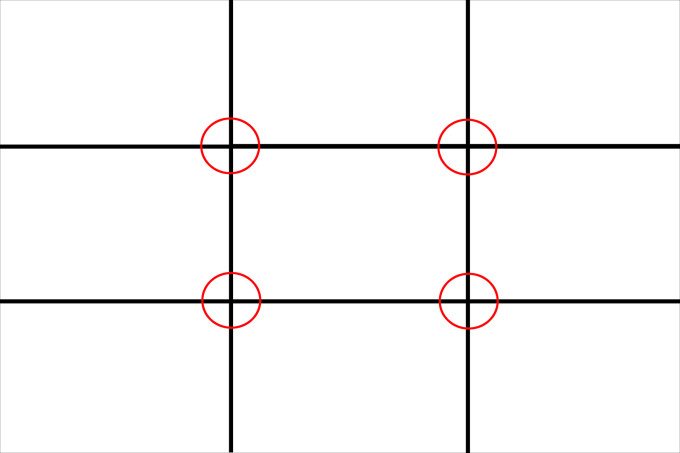Last Updated on 01/18/2014 by Felix Esser
Continuing on with our series on the Basics of Photography, this week we are at the letter C, which will be covering the topic of Composition. Composing an image within a frame is one of the most important aspects to creating a good photograph. For most of us, we have to work within a rectangular format (unless you shoot a square format camera) and there are some “rules” (I like to think of them more as guidelines really) that you should adhere to, in order to help improve your photographic style. Read on for my introduction to the rules of composition.
A good eye for composition is developed out of practice (isn’t everything?) as well as an understanding of balance, space (or perspective) and the position or juxtaposition of objects within a frame. It’s easy to spot images with poor composition technique as they will have a large amount of objects within the frame and no clear central subject. By simplifying your subject matter and utilizing the principles mentioned a moment ago you will see a dramatic change in the images you produce. These three components make up the basic Principles of Composition that I’m going to cover in this guide, but you should know that there is so much MORE to this topic than what will be covered here. I encourage you to get a firm grasp on the basics which will help improve the quality of your work, then pursue the more advanced topics afterwards.
Principles of Composition

Balance
Having balance in an image applies to all of photography, regardless of the subject matter being displayed; it is through this universal principle that the viewer is able to move throughout the frame and understand all of the information being shown. Two of the most important things to understand when considering balance is motion and visual weight, both of which are implied due to the fact that we are working with a single still image.
When considering motion within the frame, you want to avoid (in most cases) a centrally located subject. This is called static balance, and if done unintentionally, will leave you with a generic and often uninteresting image. That’s not to say that you should NEVER put your main subject in the center, but rather consider the desired message behind the image. A static balance will feel calm, quiet and often reserved. Naturally, this would not be the ideal choice for an image where the desired emotional display would be energetic or active.

Additionally, two more factors you should consider when evaluating the balance of a composition is Symmetrical and Assymetrical balance. A symmetrically balanced image will have equally proportioned subjects on both sides of the frame and asymmetrically balanced shots will have a dominant subject on one side. The other factor that I mentioned was visual weight; the most obvious way to demonstrate this would be to have one subject noticeably larger than the others. However, I prefer to think of it in terms of visual contrast; dark vs light, sharpness, importance within the frame, apparent depth and position. (Tip: If you have a human face present in an image it will always have more visual weight than other objects of a similar size.)

By moving your subject towards the edges of the frame you will create a strong sense of motion because our eyes naturally want to move back towards the center of the frame, and what you should take away from this is that objects placed near the edges of the frame are going to feel more active than ones placed dead-center, and ultimately more visually pleasing. A great way to plot out your subjects in a frame is to utilize the Rule of Thirds.
By dividing the frame into 9 equal segments you have distinct intersections which create ideal locations for your main subject. You don’t have to stick to this rule 100% of the time, but by using it as a guide it will definitely help you with pre-visualizing your images before you even shoot them.

Perspective
Perspective is what allows the viewer to perceive the illusion of depth within an image. This three-dimensional illusion can be produced a number of ways:
- linear perspective
- aerial perspective
- textural gradient
- apparent brightness
- size and interposition
- shapes and shadows

Linear perspective will occur naturally when sets of parallel lines converge beyond the horizon line. (Think: Train tracks or extremely tall buildings being observed from the ground looking up) Aerial perspective was initially developed by classical painters, but is utilized in photography when your scene is particularly dusty or humid with a strong light-source, or even in bad weather conditions such as rain-storms. Utilizing the environment helps to create that illusion of visual depth in the image; furthermore, use of a textural gradient is another wonderful way to create depth with a large scene. (Think: A large cityscape and the atmospheric haze in the distance that progressively obscures the view of the buildings.)

Reflected light is another way to create visual depth within your composition, brighter objects will appear to be closer to the surface while darker objects appear further away; again playing to the rule of visual contrasts. The contrast between shapes (as well as shadows) will also help define the dominant subjects within your frame, particularly when combined with an asymmetrical balance. Lastly, utilizing size or interposition (overlapping objects) is one of the most sure-fire ways to define the illusion of depth within the frame, due to the natural relationships our minds associate with objects that appear to be larger or in front of other objects.
Position & Juxtaposition

The last aspect of composition that I would like to talk about has to do with the actual placement of objects within your frame. The placement of objects near each other allows our minds to create a visual comparison which is ultimately more interesting to look at. As with visual balance, placement is equally as important to your overall composition. Again, this is where the rule of thirds will really be useful as the placement of your object (or objects) will be what ultimately makes your composition work. Think about how you place a subject for a portrait, think about how the surrounding environment adds to the context of the image (if it doesn’t, find a less distracting background) and ultimately, spend time pre-visualizing your image before you even bring the camera to your eye.
Please Support The Phoblographer
We love to bring you guys the latest and greatest news and gear related stuff. However, we can’t keep doing that unless we have your continued support. If you would like to purchase any of the items mentioned, please do so by clicking our links first and then purchasing the items as we then get a small portion of the sale to help run the website.




